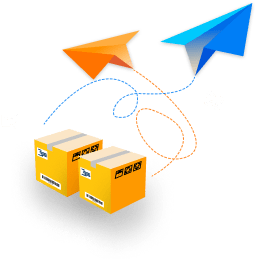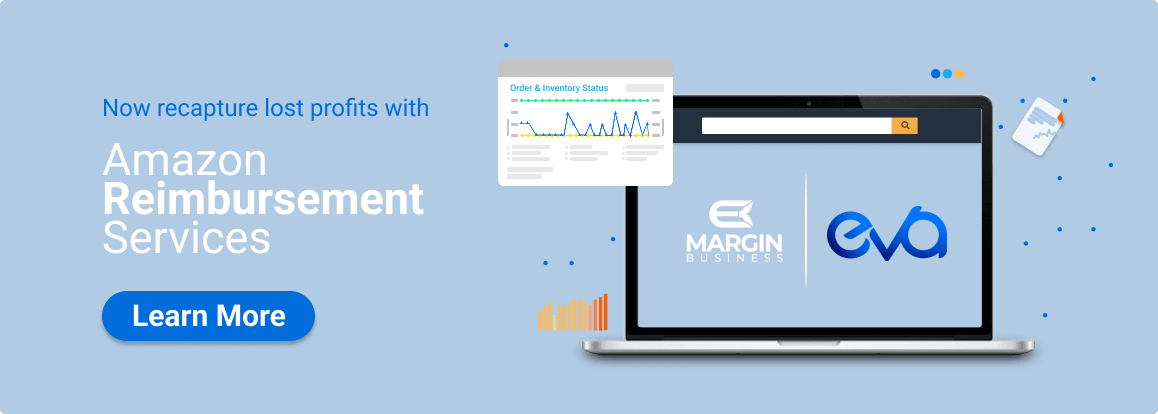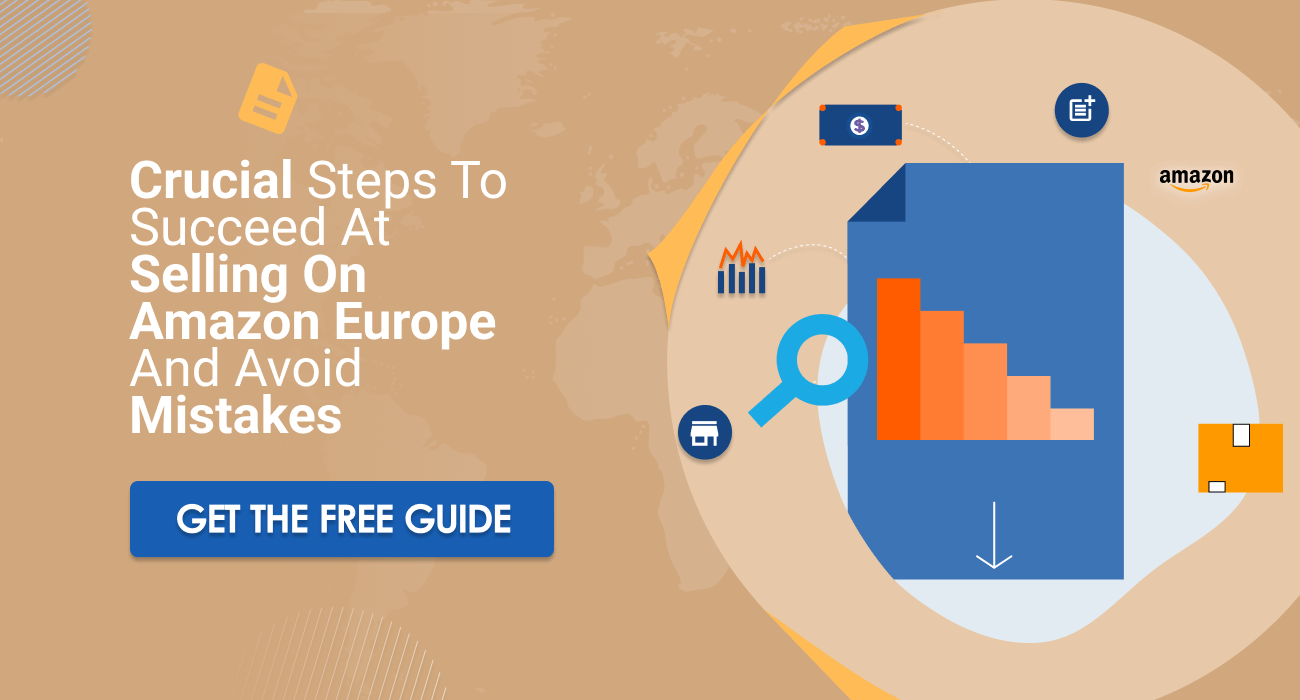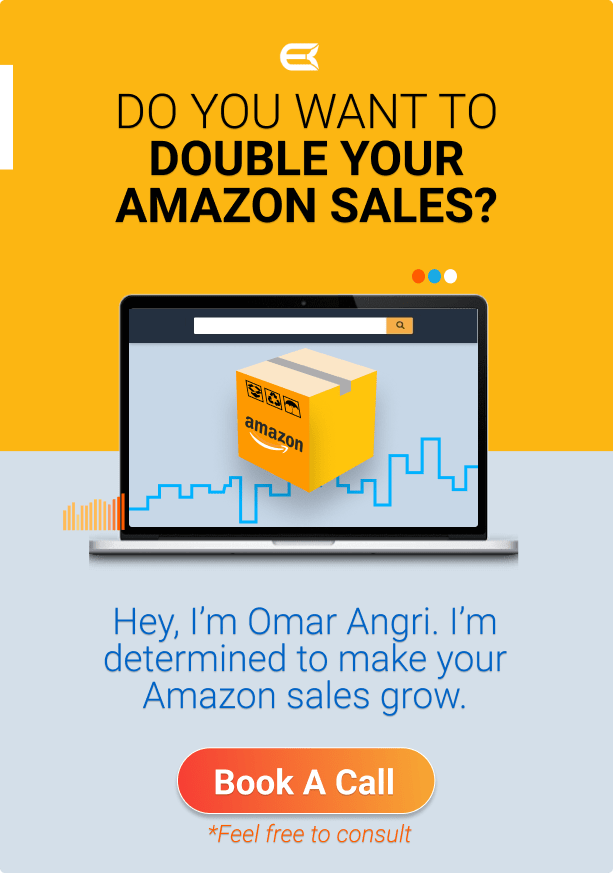Mastering Fulfillment: In-House vs. Third-Party Strategies – A Roadmap for Success!

CEO at MyFBAPrep
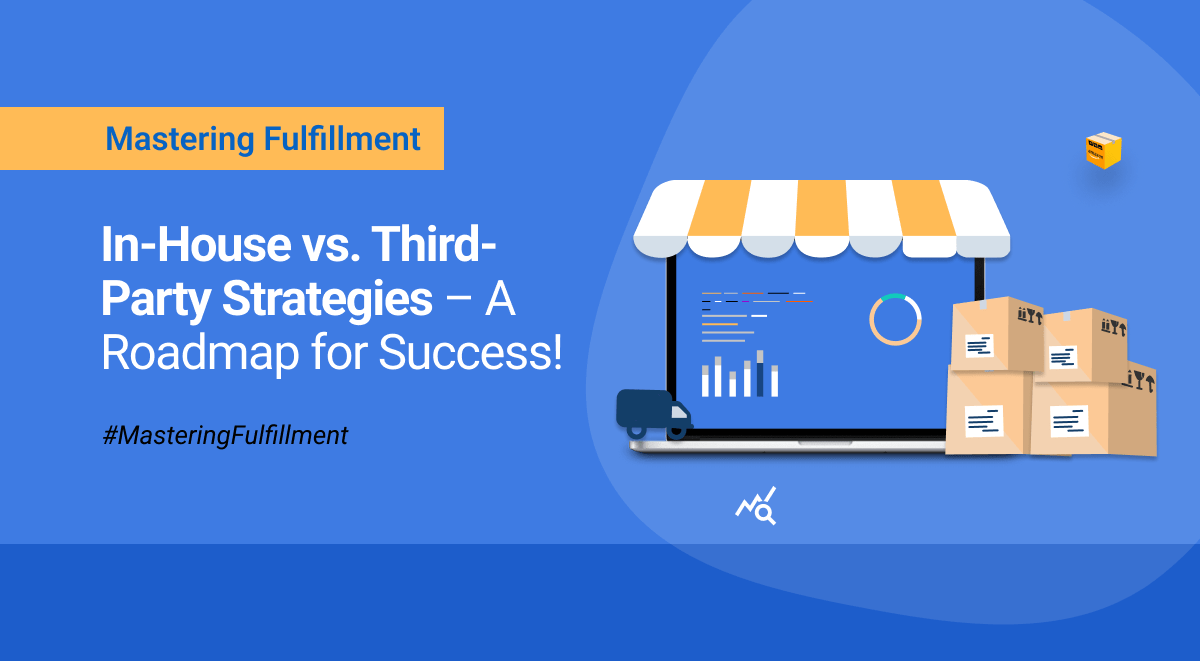
Table of Contents
Fulfillment strategies are a cornerstone of customer satisfaction and operational excellence in today’s fast-paced business world. Choosing the right approach can significantly impact your company’s efficiency, reputation, and bottom line.
Given the importance of the back-end process, this guide will explore the two primary fulfillment options: in-house and third-party fulfillment.
“Each has unique advantages and challenges, and understanding these is critical for making an informed decision that aligns with your business objectives, operational style, and growth ambitions.
Understanding In-House Fulfillment
In-house fulfillment is a comprehensive strategy where a business takes full responsibility for the entire order fulfillment cycle. It encompasses a broad range of activities, all managed internally without outsourcing to third-party providers.
In-house fulfillment involves:
- Storage of products: Your business is responsible for finding, maintaining, and organizing a storage facility or warehouse. That includes managing inventory levels, ensuring security, and maintaining an environment suitable for your products.
- Order processing: This entails receiving orders, checking inventory, and preparing items for shipment. It requires a reliable system to handle orders efficiently so you minimize errors and delays.
- Packing orders: Packaging takes place in-house, ensuring you pack products securely and attractively. This stage also allows for customization, such as including branded materials or personalized notes.
- Shipping logistics: You manage the logistics of sending the product from your warehouse to the customer. This means you select your carriers, negotiate rates, track shipments, and handle any shipping-related customer service issues.
- Returns and exchanges: You deal with returns and exchanges internally, which includes receiving returned items, processing refunds or exchanges, and addressing any customer concerns related to returns.
The Advantages of In-House Fulfillment
In-house fulfillment can be a significant asset for businesses aiming to create a distinctive brand experience and maintain close customer relationships. However, it requires careful consideration of the resources and capabilities needed to manage the entire fulfillment process effectively.
🚀 Control Over Inventory
In-house fulfillment provides unparalleled control over your inventory. You can monitor stock levels in real time, make immediate adjustments, and respond proactively to inventory trends. This control helps maintain optimal inventory levels, in turn reducing the risk of overstocking or stockouts.
🚀 Customized Packaging and Branding
Having direct control over the packing process allows for unique branding opportunities. You can design and use custom packaging that resonates with your brand identity to enrich the unboxing experience for your customers.
This degree of customization helps build your brand and contributes to stronger customer loyalty.
🚀 Direct Customer Interaction
By managing fulfillment internally, you oversee the end-to-end customer experience directly. This includes customer service interactions related to order inquiries, shipping updates, and handling any issues that arise post-purchase.
Direct interaction fosters a closer relationship with customers, which then provides valuable insights into their needs and preferences and allows for a more personalized service.
The Challenges of In-House Fulfillment
While in-house fulfillment offers significant control and customization, it also presents unique challenges that businesses must navigate.
🚀 Resource and Space Requirements
In-house fulfillment necessitates the need for sufficient warehouse space. That encompasses the cost of leasing or purchasing property as well as ongoing expenses related to utilities, maintenance, and security.
Effective in-house fulfillment also requires robust inventory management systems whose implementation and maintenance can be costly and complex, especially for businesses lacking technical expertise.
🚀 Scalability Issues
Scaling up operations in response to increased demand can be challenging. It requires proportional expansion in space, equipment, and workforce, which isn’t always feasible or cost-effective in the short term.
Many businesses face seasonal peaks and troughs in order volumes. Managing these fluctuations in-house requires careful planning and resource allocation, which can strain operational capacity.
🚀 Need for Specialized Staff
In-house fulfillment requires a workforce skilled in warehousing, logistics, and customer service. Hiring and training such staff is a significant investment in time and resources.
Managing a larger team involves additional complexities as well, including scheduling, payroll, and compliance with labor laws and regulations.
Further, high turnover in warehouse and logistics roles can lead to continuous recruitment and training cycles, which impact operational efficiency.
🚀 Compliance and Risk Management
It’s crucial to stay compliant with shipping, safety, and environmental regulations, since failure to do so can result in fines and legal issues.
Overseeing the end-to-end fulfillment process increases liability risks, including employee safety, product damage during storage or transit, and data security in order management systems.
🚀 Technological Investment
While in-house fulfillment provides control and direct customer interaction, it also demands significant investment in resources, space, and technology. Modern warehouse management software and other technology solutions require a significant up-front investment.
Technological systems need regular updates and maintenance, which entail additional costs and technical expertise.
Exploring Third-Party Fulfillment
Third-party fulfillment outsources the storage, packing, and shipping of products to an external service provider.
This strategy allows businesses to leverage the expertise and infrastructure of specialized logistics companies, thereby reducing the resources and capabilities diverted to in-house fulfillment.
The Advantages of Third-Party Fulfillment
Scalability, operational efficiency, and technological expertise are but a few of the advantages of third-party fulfillment. This option offers distinct benefits for businesses looking to streamline their logistical processes.
🚀 Scalability and Flexibility
Third-party fulfillment providers have the ability to scale up or down based on business requirements to accommodate fluctuations in order volume with ease.
They possess the infrastructure and workforce to handle varying demands, allowing businesses to allocate resources more flexibly.
To enjoy these benefits in your own business, consider partnering with MyFBAPrep, a third-party fulfillment expert, to scale and adapt your business needs efficiently.
🚀 Reduced Operational Burden
Outsourcing fulfillment significantly lowers a business’s operational load, which then frees up resources to focus on core activities like product development and marketing.
Third-party fulfillment providers streamline the logistics process, managing everything from storage to delivery, to simplify the supply chain for businesses.
🚀 Access to Expertise and Advanced Technology
Logistical partners bring specialized knowledge and experience in logistics and fulfillment, which translates to insights and efficiencies that their clients might not have in-house.
Additionally, they often employ state-of-the-art technology for inventory management, order processing, and shipping, providing businesses with access to sophisticated logistical solutions.
The Challenges of Third-Party Fulfillment
Like the in-house method, third-party fulfillment has its drawbacks, which include less control over operations, potential cost increases, and constraints in maintaining brand personalization.
🚀 Less Control Over Operations
Relying on a third party for fulfillment means businesses lose direct control over how their products are stored, handled, and shipped.
Further, an external partnership can sometimes lead to communication delays or misunderstandings, particularly regarding order handling and customer service.
🚀 Potential for Higher Costs
While third-party fulfillment can be cost-effective initially, variable expenses based on order volume, storage needs, and additional services can add up over time.
Some service agreements may also feature long-term commitments or minimum usage requirements, potentially resulting in higher costs in certain scenarios.
🚀 Possible Lack of Brand Personalization
Third-party providers may have limitations on how much customization they can accommodate in terms of packaging and branding.
Their standardized processes might lead to a less personalized customer experience, which could impact brand perception and consumer loyalty.
📈 Ready to unlock your own success on Amazon and join the ranks of the highest-earning sellers?
Maximize your potential with our expert Amazon optimization, localization, and translation services. Our team of seasoned professionals understands the intricacies of the Amazon marketplace and can help you optimize your listings, localize your content for international markets, and translate your product descriptions flawlessly.
Don’t let the secrets of success remain elusive. Take action today and skyrocket your Amazon sales to new heights.
Contact us now or book a free call to discuss how our tailored services can propel your business forward. Together, let’s transform your Amazon venture into a thriving success story.
How In-House and Third-Party Fulfillment Compare
As you consider the best fulfillment strategy for your business, it’s vital to weigh the distinct differences between in-house and third-party fulfillment.
The following comparison will highlight the cost implications, operational efficiencies, scalability, and degree of control and customization each option offers to provide a clearer picture for your decision-making.
🚀 Cost Implications
In-house fulfillment typically involves a substantial up-front investment in infrastructure, including warehouse space, inventory management systems, and staffing. While these initial expenses can be high, over time, the per-order cost may decrease as the volume of orders increases.
Additionally, in-house operations allow for more direct control over storage, labor, and shipping expenses, which can translate to cost savings in the long run.
Meanwhile, third-party fulfillment can reduce or eliminate the need for substantial initial capital investment, as businesses don’t need to maintain their own warehousing and logistics infrastructure.
🚀 Operational Efficiency and Business Scalability
In-house fulfillment offers a high degree of control over the entire process, which drives greater efficiency in operations if managed effectively.
In general, third-party fulfillment providers excel at scalability and flexibility. They can easily accommodate fluctuations in order volume so clients avoid having to invest in additional resources.
That flexibility can yield greater overall efficiency, as businesses don’t need to maintain underutilized resources during slower periods. However, relying on external partners can sometimes lead to inefficiencies, particularly if communication or coordination is not optimal.
🚀 Control and Customization Options
One of the most significant advantages of in-house fulfillment is the level of control it offers. Businesses can oversee every aspect of the process, from inventory management to packing and shipping.
This control extends to customization, allowing businesses to create unique branding experiences through personalized packaging and direct customer interactions.
While third-party services possess expertise and efficiency, they often restrict their clients’ control over the fulfillment process.
This can impact aspects like packaging, where options may be more limited compared to in-house fulfillment. However, providers are increasingly providing more customization options, although these come at an additional cost or with certain limitations.
🚀 Decision-Making Factors
As you navigate the choice between in-house and third-party fulfillment, several key factors related to your business’s unique characteristics and aspirations should guide your decision.
Aspects like business size, growth trajectory, industry specifics, geographical reach, cost considerations, and the nature of your goods impact each fulfillment strategy, so it’s crucial to find a service that aligns with your long-term goals.
🚀 Business Size and Volume
For smaller businesses or those with lower order volumes, in-house fulfillment might be more manageable and cost-effective, enabling greater control over every aspect of the process.
On the other hand, larger businesses or those experiencing rapid growth in order volumes may find the scalability and resource allocation of third-party fulfillment more advantageous.
🚀 Growth Plans
If you anticipate rapid scaling or a significant increase in order volumes, third-party fulfillment can provide the necessary flexibility and resources to accommodate this growth without the need for substantial internal investment.
🚀 Industry Specifics
Consider the unique demands of your industry. Certain sectors might have specific requirements that are better suited to in-house operations, such as specialized storage conditions or handling procedures, while others may benefit from the broad capabilities of third-party providers.
🚀 Need for Multiple Locations
If your business strategy involves reaching customers across various regions or countries, third-party fulfillment gives you access to an extensive network of distribution centers.
This reduces shipping times and costs and provides a strategic advantage in serving a geographically diverse consumer base.
🚀 Plans for International Expansion
If you haven’t expanded internationally but plan to, expect to encounter new complexities in logistics like customs, duties, and international shipping regulations.
Third-party fulfillment services with global reach and expertise in international logistics can be invaluable in navigating these challenges.
🚀 Type of Goods
The nature of your products, including size, value, and special handling requirements, can significantly influence your fulfillment strategy.
For instance, high-value or fragile items may require the careful handling of in-house fulfillment, while standard, easy-to-prep products might be better suited to third-party fulfillment.
Wrapping up — Assessing Your Business's Unique Fulfillment Needs
In-house and third-party fulfillment strategies each bring distinct advantages and challenges.
From the control and customization of in-house fulfillment to the scalability and efficiency of third-party services, the decision between the two hinges on carefully assessing various factors, including cost, operational efficiency, business size, growth aspirations, industry specifics, and the nature of your products.
So, thoroughly evaluate your business’s unique needs, objectives, and resources to guide your selection.
Consider how each fulfillment strategy aligns with your short-term operational needs and long-term growth plans. Reflect on the level of control you desire over your logistics and the importance of brand personalization in your customer experience.
Factor in the scalability requirements based on your growth trajectory and your industry’s specific challenges and opportunities.
By taking the time to assess these elements carefully, you’ll find a fulfillment strategy that both addresses your current operational needs and positions your business for future growth and success.

Tom Wicky
Connect @ LinkedIn
📢 Tom, a 20+ year entrepreneur and CEO of MyFBAPrep, manages the largest global 3PL ecommerce warehouse network. He led digital asset management for European media companies in a $2 billion private equity investment. Tom pioneered a data automation platform for 1 million+ Amazon FBA product listings.
Subscribe & Scale!
Free Join 10827 Successful Amazon Sellers Who Already Have a Head Start
